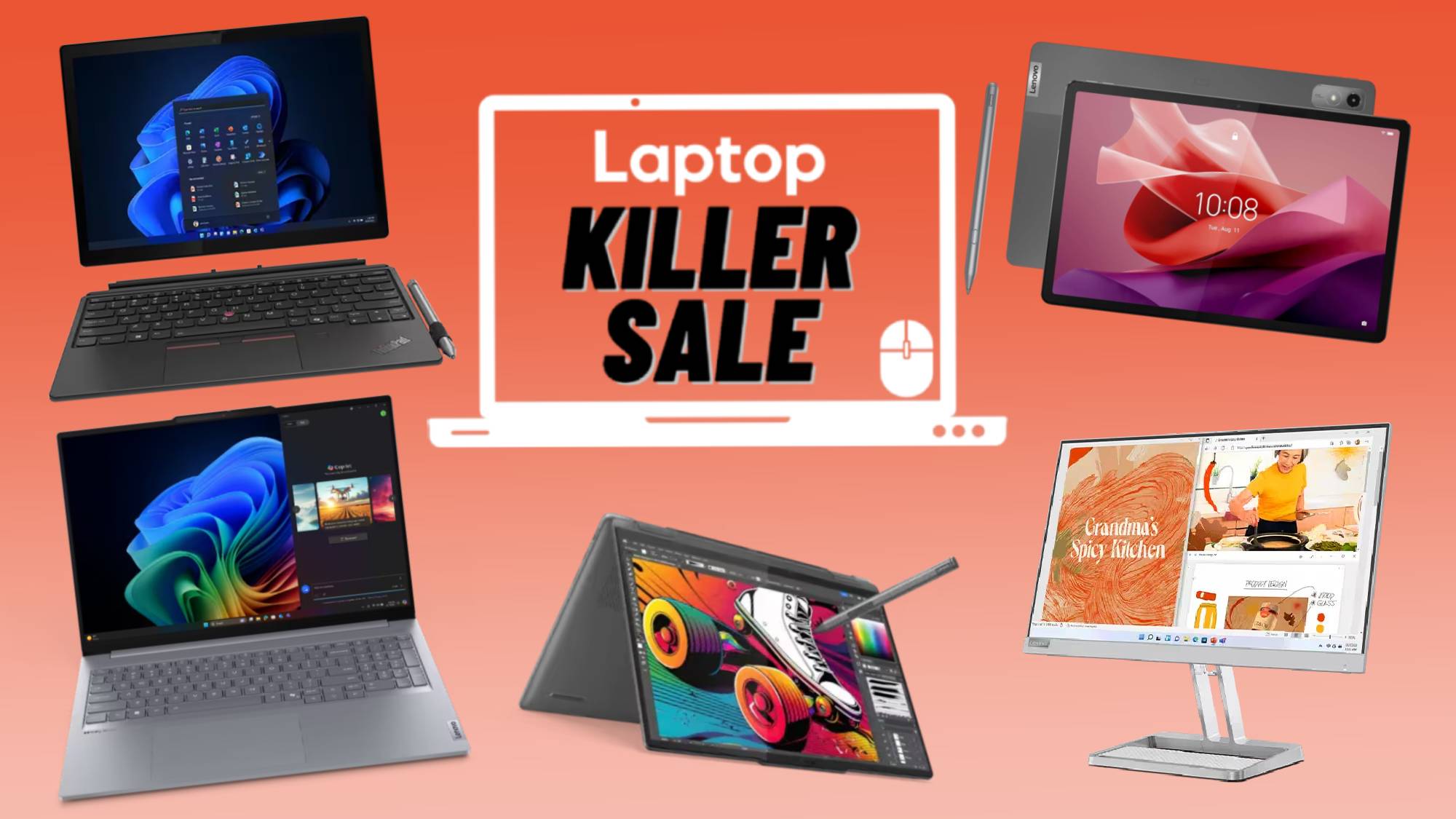I spent weeks using a tiny 2-in-1 Windows laptop — are these untapped iPad alternatives?
Should you consider one of these diminutive laptops over an iPad?
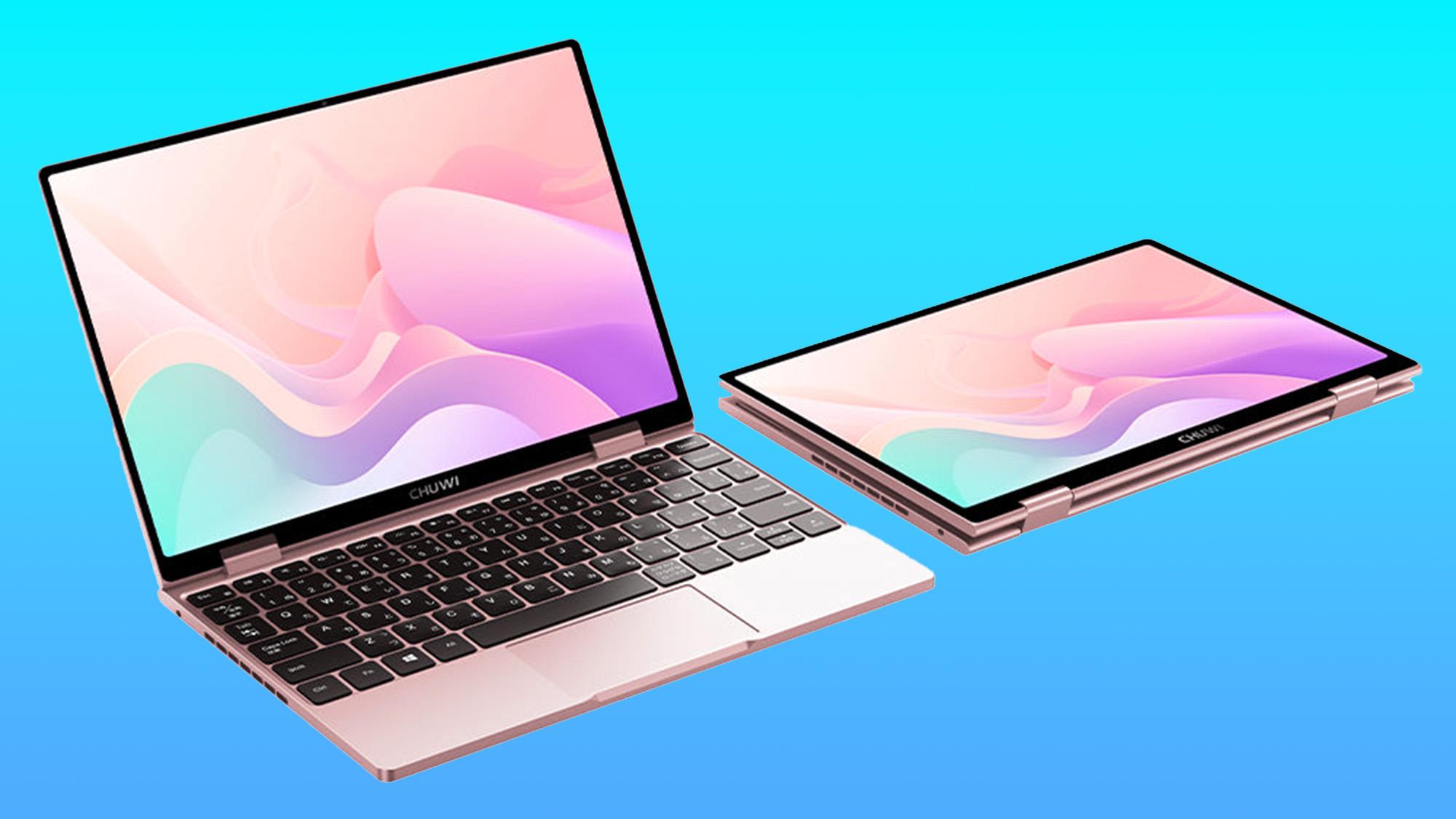
The most common laptop screen sizes from major manufacturers typically range from 12 to 16 inches. Recently, they’ve been joined by an emerging class of handheld gaming PCs, like the Steam Deck, that stretch from about 7 to 9 inches.
This screen size was also popular among the oft-derided displays of late-2000s-era netbooks, which Laptop Mag eulogized in 2009. However, we're seeing it again in a breed of mini-notebooks from companies such as the GPD Win Mini from Hong Kong’s GPD or the OneXfly from One Netbook; some are aimed more at general purposes than gaming.
In the gap between the mainstream and the ultra-minis lies the 10-inch display, a popular screen size for iPads and Android tablets but neglected by Windows devices (perhaps partly because of the tablet competition). Even as tablets have stretched to displays as large as 14 inches, a preference for 10-inch displays remains. They still allow for matched keyboards that provide a comfortable typing experience, provide a large enough screen for unitasking, and offer significant size savings versus the typical "small" 12-13-inch laptops.
This 10-inch laptop market is what I sought to explore.
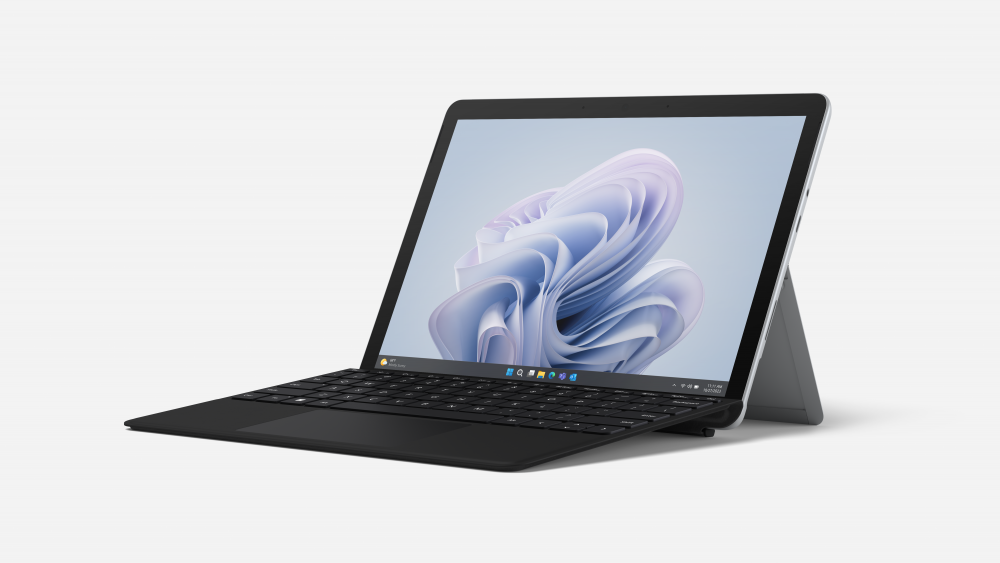
Too small or just right?
Now, if you don't stray from the major manufacturers, you might be unaware, but 10-inch Windows-based 2-in-1s are available and for cheap. Scouring Amazon yields several budget models from obscure brands like AWOW and ADreamer(which Kenny Rogers and Kim Carnes once cautioned you should not fall in love with). However, these products use underpowered Celeron processors.
For those wanting something from a better-known brand, the only game in town is the Surface Go 4. Launched as a successor to the 10.8-inch Surface 3 and now languishing in its business-focused fourth iteration, the 10.5-inch Surface Go has been Microsoft’s most direct competitor to the 10-inch iPad since the days of the first Surface RTs. However, it has proved to be a niche product. Microsoft found more momentum with the mainstream size and form factor of the Surface Laptop Go. Rumored to be on the chopping block, you can still pick one up for less than $600 with an Intel N200 processor (the only chip option).
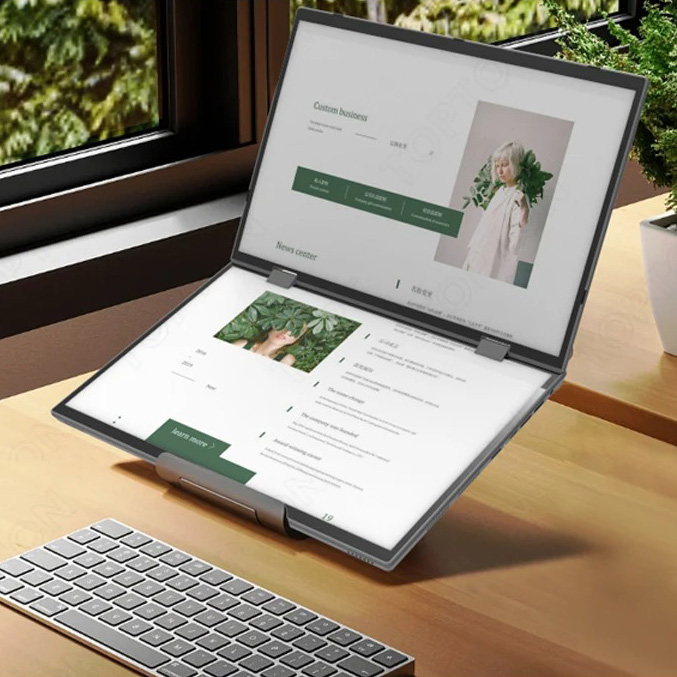
Small laptops taking big design swings
In short, I liked the idea of the L15 more as an external display than as a laptop...
The most unusual 10-inch laptop PC comes via AliExpress from Topton, which, in addition to a line of mini-PCs and gaming-centric traditional laptop designs, develops knockoffs of such products as ASUS’ ZenBook Duo and Lenovo’s Yoga Book 9i. Its L15 offers a 10.5-inch hinged dual-touchscreen design with an Intel N95 processor. At least one AliExpress vendor offers configurations from 8 GB RAM/256 GB SSD for about $370 to 32 GB RAM/2TB SSD for about $535, both excluding an optional stylus.
Stay in the know with Laptop Mag
Get our in-depth reviews, helpful tips, great deals, and the biggest news stories delivered to your inbox.
The L15 includes a generous port assortment that includes two USB-A ports, two USB-C ports, mini-HDMI, and a headphone jack, but its USB-C ports support neither charging nor Alt-DisplayPort mode for video out. It also lacks a bundled stand and Bluetooth keyboard and mouse. Its lack of software customizations makes it all but impossible to move windows between screens using your finger or to maximize a window so that it spans both displays. It lacks a gyroscope, so orientation changes must be made manually for each display.
In short, I liked the idea of the L15 more as an external display than as a laptop and would like to see one of the portable monitor makers offer a smaller stacked dual-screen. This would represent a reversal from behemoths like Uperfect’s stacked 18.5-inch Duo Max; the company recently crowdfunded a touchscreen successor.
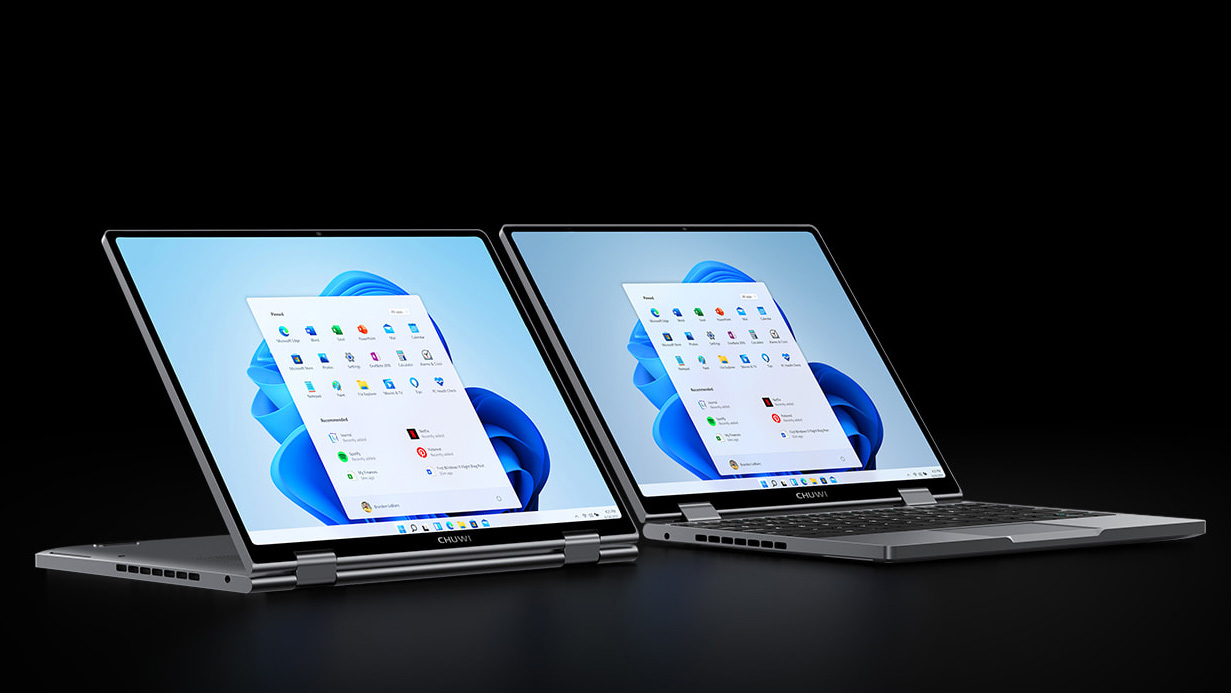
My mini laptop companion
I’ve been using one for a few weeks and have found it a solid daily companion...
For other options, you may have to look beyond U.S. shores. Chuwi, which has dabbled in the U.S. market, offers the 10.5-inch convertible laptop it calls the MiniBook X. It includes an N100 processor, 12 GB of RAM, and a 512 GB SSD starting at about $350. I’ve been using one for a few weeks and have found it a solid daily companion for targeted web sessions and emails.
Its battery life is about four hours, far less than the similarly-sized and similarly-priced iPad 10. However, it has a keyboard, while Apple charges another $249 for the iPad 10's Magic Keyboard alone. Just keep your durability expectations in check. Its rubber feet have already become dislodged, but that has also happened with far more expensive laptops I’ve used.
If you are looking for a cheap ultraportable laptop for basic computing needs while retaining the flexibility of Windows 11 over Android or iPad OS, these mini laptops are an intriguing option worth exploring. However, whether they will carve out a larger place in the market or eventually follow their netbook predecessors to the tech graveyard remains to be seen.

Ross Rubin is the founder and principal analyst at Reticle Research. Ross has been an industry analyst focusing on innovation in the technology, media and telecom markets for over 20 years. Prior to founding Reticle Research, he was executive director and principal analyst at The NPD Group, where he provided analysis on a wide range of technology topics and led research spanning devices, access and content. You can follow him on X and Threads @rossrubin.
